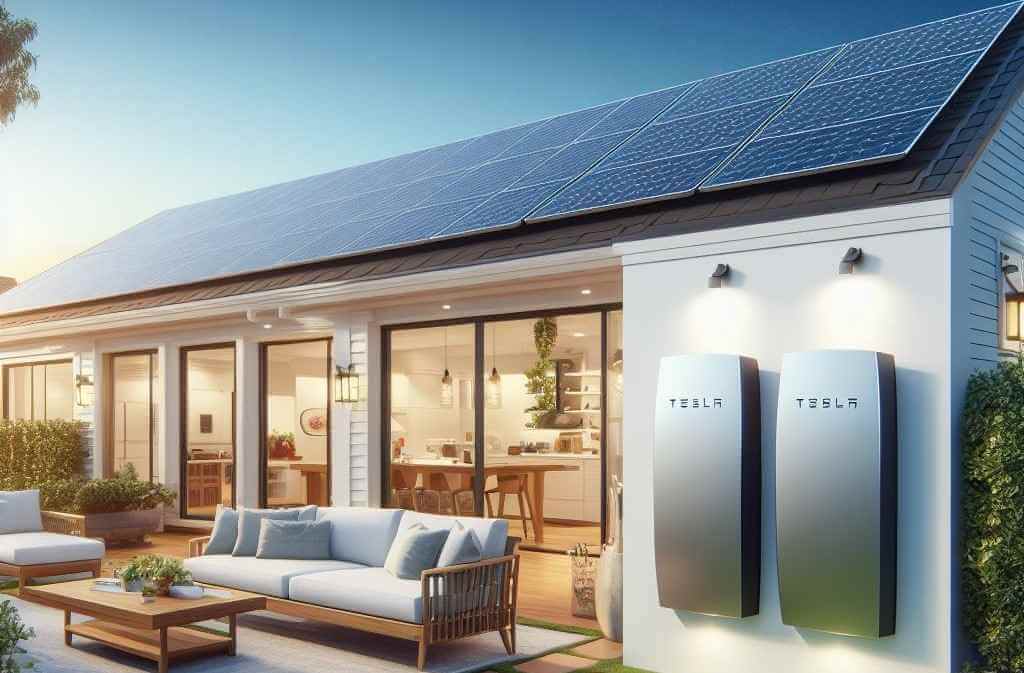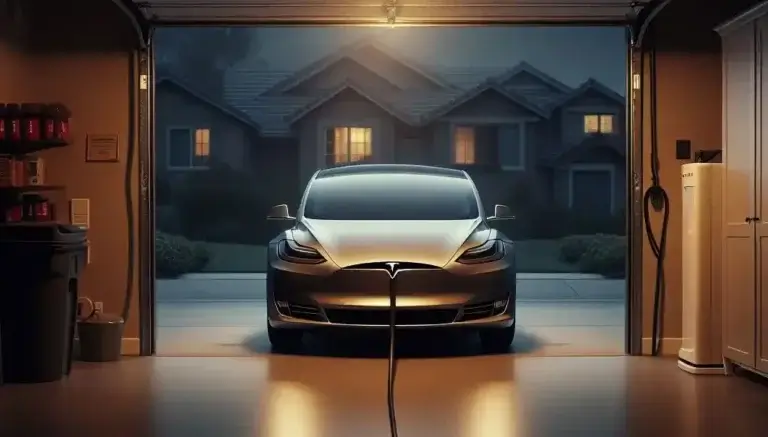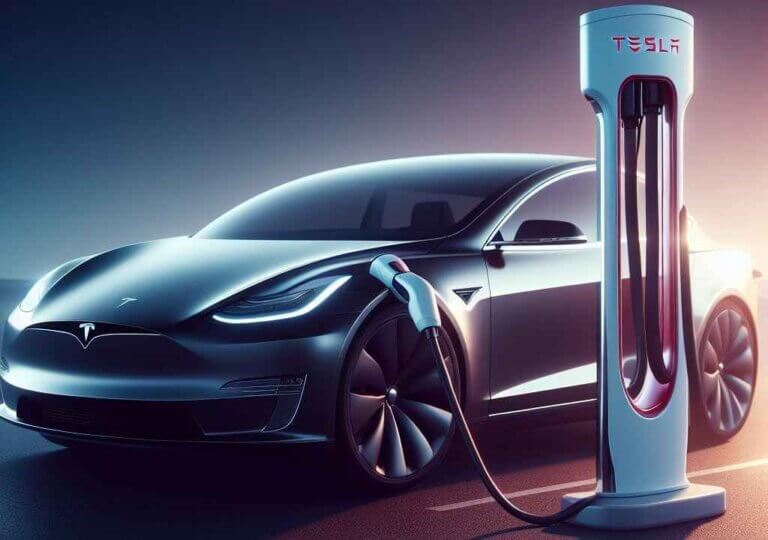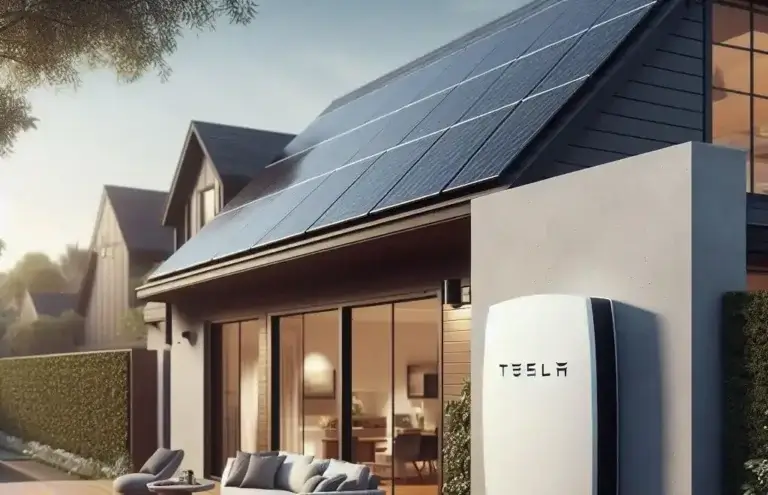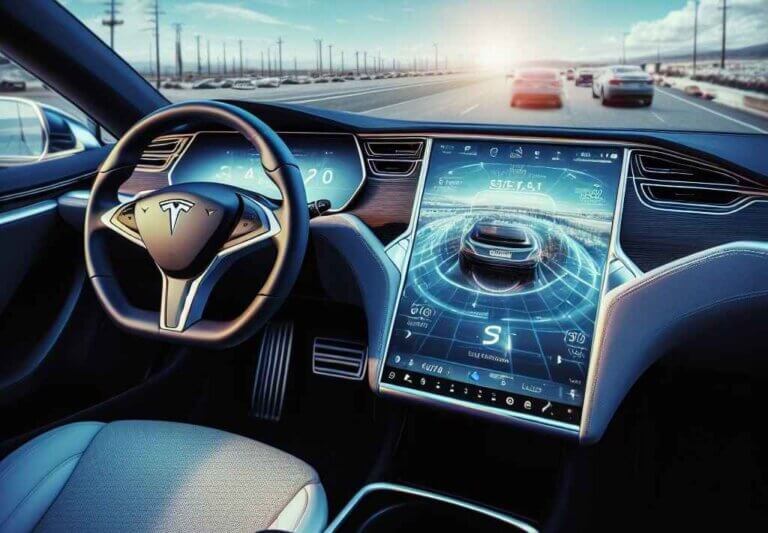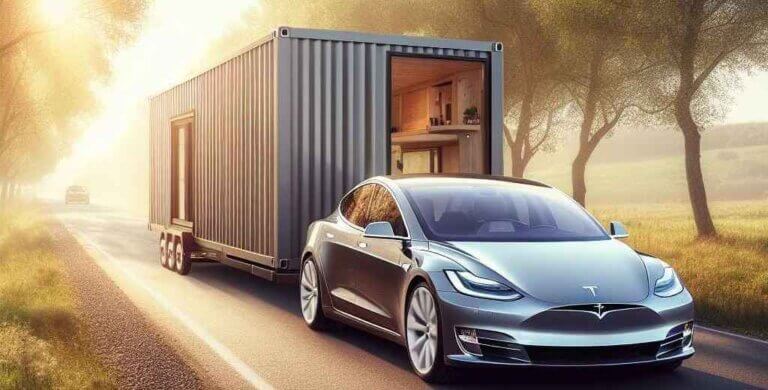Charging Tesla with Solar Panels: The Complete Guide For How Many Solar Panels to Charge a Tesla
Are you a proud owner of a Tesla electric vehicle (EV) and wondering if you can charge it with solar panels? With the rising prices of gas and electricity, solar energy offers a clean, renewable way to fuel your Tesla.
In this complete guide, we will cover everything you need to know about charging Tesla with solar panels, including:
- Benefits of using solar panels to charge Tesla
- How many solar panels you need
- Associated costs
- Steps for setting up a solar panel system
- Using excess solar energy to charge Tesla
- Maximizing self-consumption
- Solar equipment needed
- FAQs
So if you’d like to take advantage of solar power, particularly excess solar power to charge your Tesla, read on!
Table of Contents
Benefits of Using Solar Panels to Charge Tesla
Charging your Tesla EV using solar panels has many excellent benefits, such as:
- Clean, renewable solar energy: Sunlight is a renewable resource that produces no direct emissions when converted to electricity by solar panels. This results in cleaner air and reduced carbon footprint compared to fossil fuel-generated power from the grid.
- Reduce electricity bills: By using self-generated solar energy to charge your EV, you’ll rely less on your utility provider and save money on electricity costs. Over 20 years, savings could amount to $10,000 or more.
- Take advantage of tax credits and incentives: There are federal, state, and local incentives that subsidize the cost of installing solar panels based on factors like location, income threshold, etc. This saves you thousands upfront.
- Increase home value: Having rooftop solar panels adds an average of about 4% to your home’s value. This boost in equity can significantly impact your investment.
- Improve energy independence: Producing your own solar energy limits reliance on traditional electric grid infrastructure. This gives you more control over meeting your EV charging needs.
- Store solar energy in Powerwall: With a Tesla Powerwall installed, excess solar production can charge the home battery. This stored energy can then be used anytime, including nighttime EV charging.
Powering your Tesla with solar energy has financial, environmental, and practical upsides. Next, let’s look at system requirements.
How Many Solar Panels You Need to Charge a Tesla
So exactly how many solar panels are needed to charge a Tesla vehicle? The number will depend on factors like:
- Your Tesla Model: Long-range models like Model S and X have larger batteries (up to 100 kWh) and require more charging capacity than standard models.
- ** Miles driven per day:** The more miles you drive daily, the more battery capacity needs restoration and hence greater solar collection area is needed.
- Sunlight resources in your region: Solar potential varies widely across states. Sunnier areas like Arizona and California require fewer panels than cloudy zones.
- Panel wattage: Higher output panels (320-400W) generate more kWh per unit versus lower 250-270W panels. So you can install fewer panels.
- Home energy use: If solar production will also power home loads, size your system to match combined EV and household demand.
As a general guideline for a Model 3 Tesla:
- 8-10 solar panels (300W) = 2,500-3,000W system to charge 30-40 miles daily
- 15 solar panels (400W) = 6,000W system for 60-80 miles daily
So for most homes, you can expect to need 10 to 15 panels rated around 350 watts to sufficiently charge a single Tesla EV. More panels may be warranted if you drive a lot of miles or own multiple EVs.
Next, let’s explore associated solar system costs.
Charging Tesla with Solar Panels
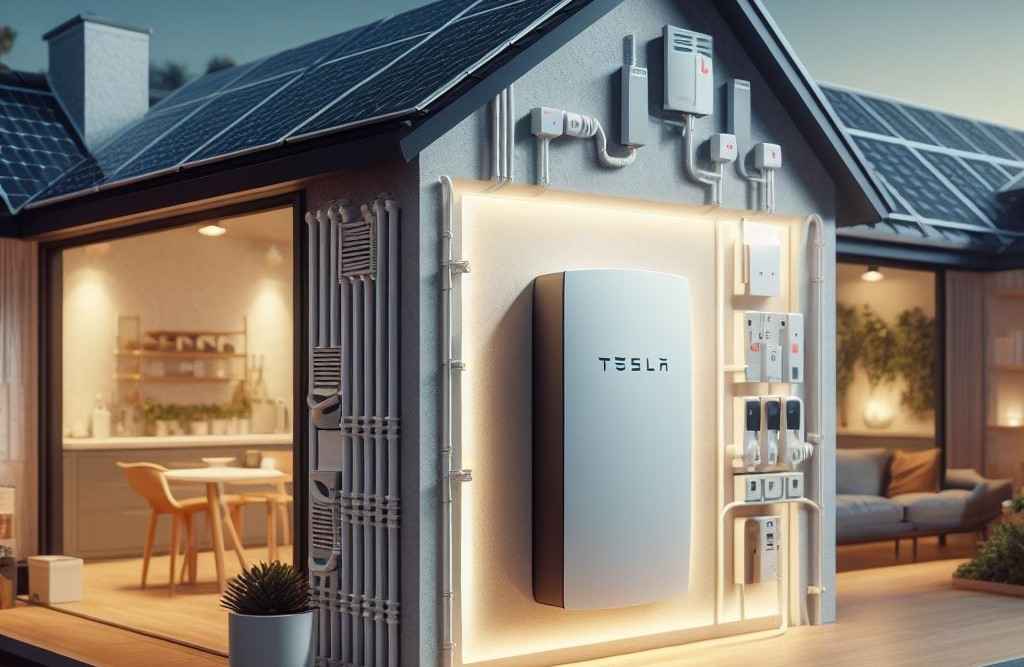
Charging your Tesla with solar panels is a great way to become more energy-independent and reduce your reliance on the grid. It’s also a smart financial decision in the long run, as you’ll be saving money on electricity costs.
There are two main ways to charge your Tesla with solar panels:
- Directly from the panels: This is the most efficient way to charge, as there are no losses from inverting the DC power from the panels to AC power for the grid. However, it requires a special inverter and controller that can handle the high-voltage DC output from the panels.
- Through the grid: This is the more common method, as it doesn’t require any special equipment. You simply plug your Tesla into a standard outlet, and the electricity will flow from the grid or your solar panels, whichever is available. If your solar panels are generating more electricity than you’re using, the excess will be sent back to the grid, and you may be eligible for net metering credits from your utility company.
The amount of solar panels you’ll need to charge your Tesla will depend on a few factors, such as the size of your battery, your daily driving habits, and the amount of sunlight you receive in your area. A good rule of thumb is to start with a system that can generate about 1.5 times your daily energy needs.
Here are some of the benefits of charging your Tesla with solar panels:
- Save money on electricity costs: Over time, you’ll save a significant amount of money on electricity costs by charging your Tesla with solar panels.
- Reduce your carbon footprint: Solar energy is a clean and renewable resource, so charging your Tesla with solar panels will help reduce your carbon footprint.
- Become more energy independent: By generating your own electricity, you’ll be less reliant on the grid and more in control of your energy costs.
- Increase the value of your home: Homes with solar panels are often more valuable than homes without them.
If you’re interested in charging your Tesla with solar panels, I recommend talking to a qualified solar installer. They can help you determine the right system size for your needs and provide you with an estimate of the costs involved.
How Long to Charge a Tesla with Solar Panels
Ah, the burning question on every Tesla enthusiast’s mind! How long does it take to fill that sleek electric beast with sunshine-powered juice? Buckle up, because the answer depends on a thrilling mix of factors, like a high-octane road trip through the world of solar charging.
Sun’s Out, Amps Out:
- Solar Panel Power: The pit crew of your solar symphony! Their wattage dictates the recharge rate. Think of them as burly guys cranking a giant juice box – higher wattage means faster filling. Most homes have systems between 3kW and 6kW, which can take anywhere from 8 to 16 hours to fully charge a Tesla, depending on the model.
- Tesla’s Thirst: Different Teslas have different battery capacities, like fuel tank sizes. A Model 3 sips from a 75kWh battery, while a Model X gulps down a 100kWh one. So, a Model 3 might be ready to roll after 8 hours on a 6kW system, while the Model X might need a 10-hour power nap.
- Weather Woes: Clouds can be pesky rain clouds for your solar party. Less sunshine means less power generation, stretching out the charging time like a desert highway.
- Charging Champs: Level 2 chargers, like Tesla’s Wall Connector, are the IndyCar heroes of the charging world, topping up your Tesla much faster than a regular Level 1 outlet. Think hours, not days!
Ready to Rev Up Your Calculations?
Here’s a handy cheat sheet to estimate your Tesla’s solar recharge time:
- Model 3: 6kW system + Level 2 charger = 8-10 hours of sunshine
- Model X: 6kW system + Level 2 charger = 10-12 hours of sunshine
- Model S & Model Y: Similar ranges to Model X, depending on battery size and charger type.
Remember, these are just estimates! The actual time will depend on your specific setup and Mother Nature’s temper. But hey, with the sun high in the sky and a roof full of trusty solar panels, your Tesla will be begging to hit the road in no time!
Bonus Tip: Track your solar energy production and Tesla’s charge level with mobile apps. It’s like having a pit crew in your pocket, letting you plan your road trip with solar precision!
So, there you have it, the electrifying truth about solar-powered Tesla charging times. It’s a journey, not a destination, but hey, who needs gas stations when you have the sun as your fuel pump? Now, go forth and conquer those open roads, powered by the boundless energy of the universe!
Cost to Charge a Tesla with Solar Panels
Installing a rooftop photovoltaic (PV) system carries both upfront and ongoing costs:
Solar Panel System Installation Cost
- Panels: $2,500 – $4,500 (10-15 panels)
- Inverter: $1,000 – $2,500
- Racking, wiring, hardware: $1,000 – $2,000
- Permits, inspection: $500 – $1,000
So with professional installation, expect to invest $5,000 – $10,000 to establish solar capacity to charge a Tesla.
exact costs vary based on labor rates, panel efficiency, permits/fees, and applicable solar incentives in your area.
Ongoing Costs
On the maintenance side, solar offers affordability:
- Little recurring expenditure – no fuel to continually pay for
- Typically no battery replacement for first 10 years
- Low-cost panel cleaning, system checkups
So once installed, solar presents huge savings on “fuel” over a Tesla’s lifespan. Lets crunch the numbers:
- Charging Tesla Model 3 with energy from the grid = $600+ annually
- Charging Model 3 with home solar energy = less than $100 annually
This shows solar can cut charging costs by 80% or more over grid charging!
Additionally, tax credits and solar incentives can reduce the upfront price by 26% or more. This greatly offsets the initial purchase amount.
Clearly solar panels present sizable long-term EV charging savings after accounting for all expenses. Next, we will outline the installation process.
Steps to Setup Solar Panel System for Charging Tesla
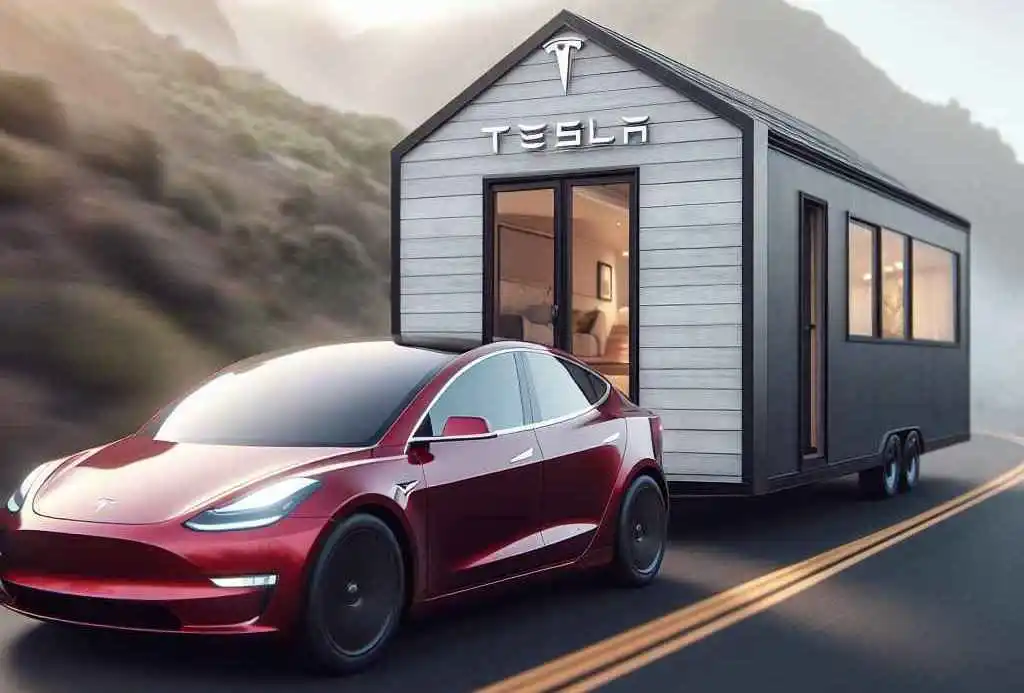
If you want to tap into emissions-free, renewable sunlight to charge your Tesla, here are key steps:
1. Calculate Electrical Load
First determine total household and EV charging kWh needs so the solar array meets demand. Consider expanding future usage like adding another EV.
2. Design and Permit System
A certified installer will survey your site, design a custom solar plan including panel number and placement, and acquire any required permits.
3. Purchase Equipment
Select high-efficiency monocrystalline panel models from reputed brands like SunPower, Panasonic, or LG. Also choose a robust inverter like SolarEdge for conversion to usable AC.
4. Install Solar System
Hire a qualified solar contractor to install racking, connect electrical components safely, and integrate any battery storage like Tesla Powerwall.
5. Arrange Grid Connection
File paperwork with your utility provider to enable net metering services and establish grid connection for seamless power exchanges when needed.
6. Conduct Inspections
Obtain final approval after appropriate solar inspections checking proper installation, electrical safety, structural integrity, etc.
Once these major steps are completed and you’ve activated grid connection, your home solar system can start charging your Tesla!
Using Excess Solar Production to Charge Tesla
One excellent perk of connecting your solar panels to the electrical grid is utilization of excess solar generation through net metering:
- Track your solar energy production and current EV battery charge level in the Tesla app
- When solar output exceeds household usage, the surplus energy gets pushed out to the grid
- Your utility company receives this excess electricity generated
- Later when your EV or home needs more power than the solar panels are actively producing, your grid connection allows seamlessly draw energy back
- So in effect, the grid acts as free short-term energy storage enabling full utilization of your total daily solar output
- The Tesla app allows you to conveniently monitor electricity flow and optimize EV charging times to leverage excess solar generation.
This arrangement lets you take full advantage of all the solar kWh produced by your panels on sunny days – rather than wasting potential EV fuel!
Maximizing Self-Consumption of Solar
While net metering provides important flexibility, you also want to maximize using solar energy directly, which is called increasing self-consumption. This further reduces grid dependence and electricity bills.
Consider the following tips:
- Orient panels to maximize sunlight capture at times matching your EV charging needs
- Use larger solar array than minimum required to power additional direct usage
- Install Tesla Powerwall home battery to store daily surplus production
- Schedule EV charging cycles to closely align with peak solar generation times
- Stagger household loads across daylight hours when possible
Closely monitoring your production via the Tesla app enables optimizing for self-consumption. And with Powerwall storage, your solar energy stays onsite benefiting home and EV uses first – rather than spilling excess out to the grid.
What Equipment You Need
At a minimum, your solar panel system requires:
- Photovoltaic panels
- Racking & mounts
- DC combiner box
- Inverter
- AC & DC disconnects
- Monitoring software
- Cabling, conduit
- Safety gear
Optional items like Powerwall increase independence from the grid:
- Tesla Powerwall battery
- Battery inverter
- Supporting hardware
- Additional cabinet/enclosure
This equipment allows generated current to smoothly transfer through key stages:
Solar panel → Inverter → On-site use → Excess to battery → Excess to grid
Additional tools to manage renewable energy flows across sources, storage units, households, and EV uses help optimization. Smart thermostats, meters, chargers, and load controllers allow greater self-consumption for reduced costs.
FAQs About Charging Tesla with Solar
Here are answers to some frequently asked questions:
How many solar panels to fully charge a Tesla overnight?
You’ll need about 30 panels rated 350W to fully charge a Tesla with a 100 kWh battery pack overnight.
Does Tesla sell solar panels?
Yes, Tesla Energy sells solar panels, inverters, Powerwall batteries and accessories to establish home EV charging infrastructure.
Can Tesla Powerwall charge a Tesla?
Yes, the 13.5 kWh Powerwall 2 system can provide 1 full charge for an average EV while the new Powerwall+ model offers up to 25 kWh for about 2 to 3 charges.
Is it worth buying solar panels to charge an electric car?
Yes, since charging an EV like Tesla from solar can save ~80% annually over fossil fuel-based utility rates after factoring installation costs and available tax credits.
Can I charge my Tesla for free?
Yes! Using your own solar array allows accessing free charging fuel from the sun. Some workplaces/businesses also provide complimentary public EV charging stations.
Conclusion
Installing solar panels to charge your Tesla EV provides excellent financial savings, energy independence, and environmental benefits over the vehicle’s lifespan.
With a grid-connected array sized to meet your driving and home needs, you can tap into free renewable electricity from the sun daily. Your utility net metering agreement allows smooth leveraging of both self-generated and grid-transferred energy.
By aligning charging cycles with peak production timing, installing Tesla Powerwall backup, and maximizing self-consumption, you can optimize the utilization of your solar panels’ output potential.
The excavation-free versatility of rooftop units makes home solar energy a great solution for eco-friendly drivers looking to lower costs and environmental impact. Take advantage of available tax credits and rebates to reduce the starting purchase costs as well.
So embrace the power of solarity to fuel your beloved Tesla! Harness clean photons and smile knowing you’re driving emissions-free while paying mere pennies per sun-drenched mile thanks to renewable home solar charging.

